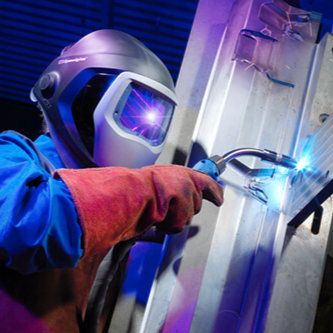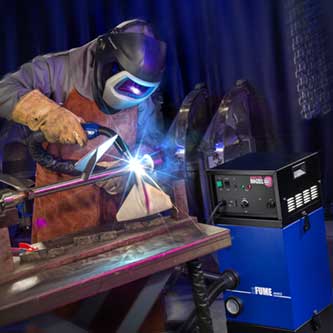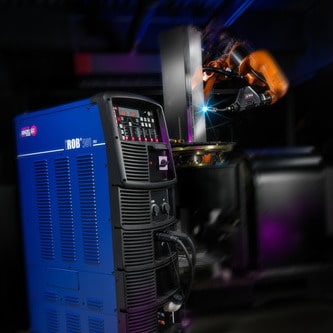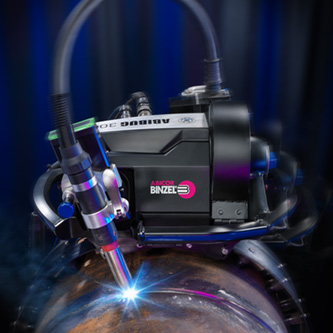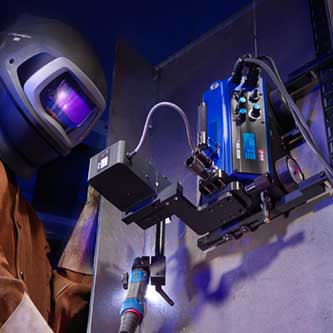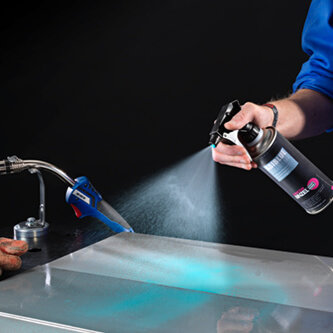The blog articles of ABICOR BINZEL are written by our international experts in the field of welding and cutting technology. So you can be sure that you will get concrete information that will enrich your knowledge and make your practical work with welding and cutting easier.
Welding technology that connects. Worldwide!
The demands at functionality and safety are rising worldwide and also the demands of the quality of technical products. Technical ideas often are feasible by reliable connection of metals and their alloys. Decisive for long lasting safety is the welding seam.
ABICOR BINZEL supplies for all working materials and applications the exact welding or cutting torch necessary. For the manual use or for the semi or full automatic operation. Air or liquid cooled. Wide range welding accessories as well as robotic peripheral systems.

